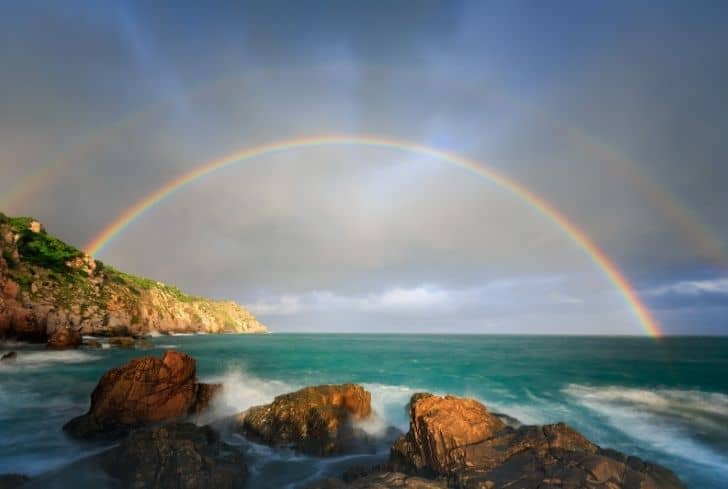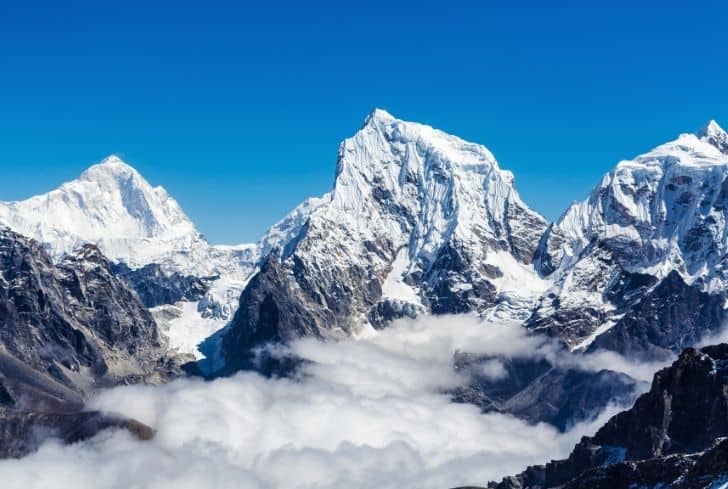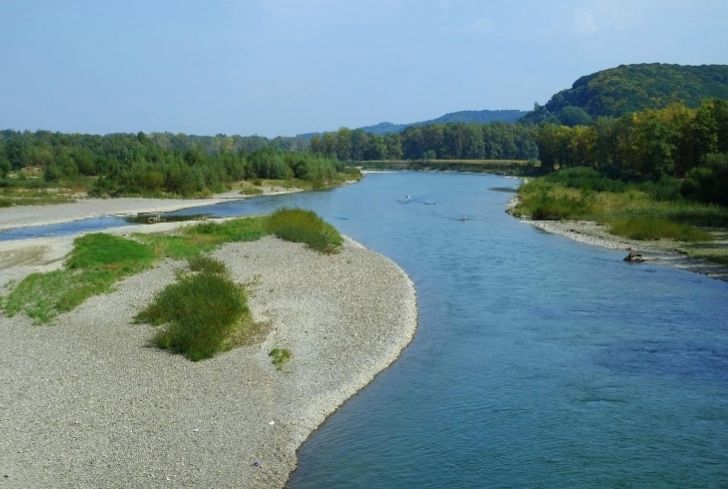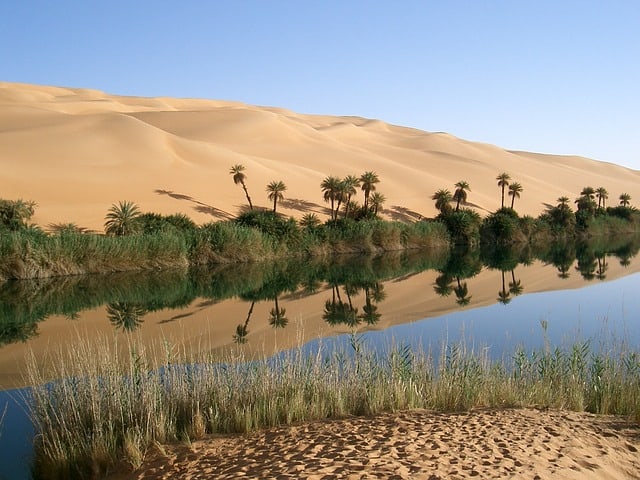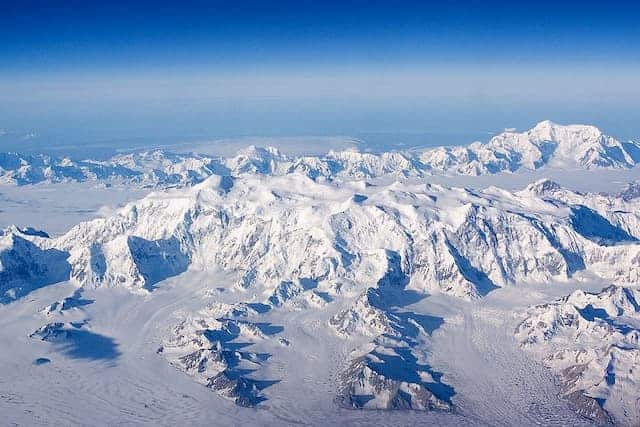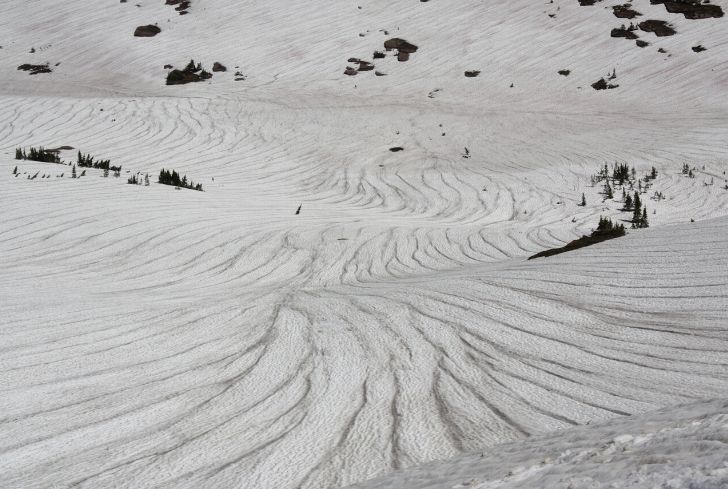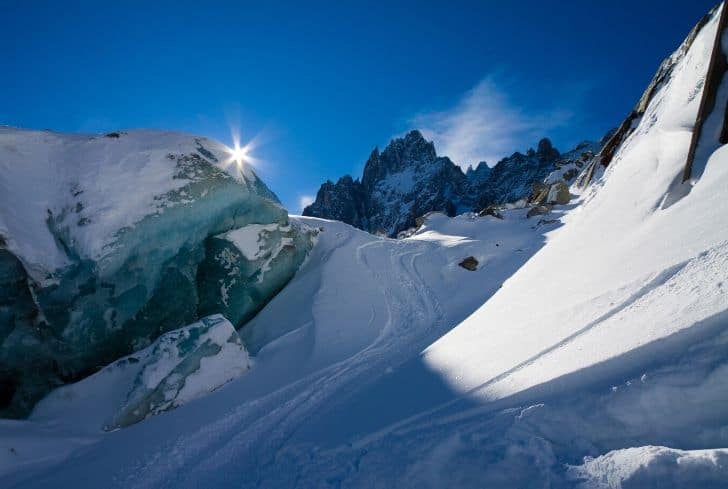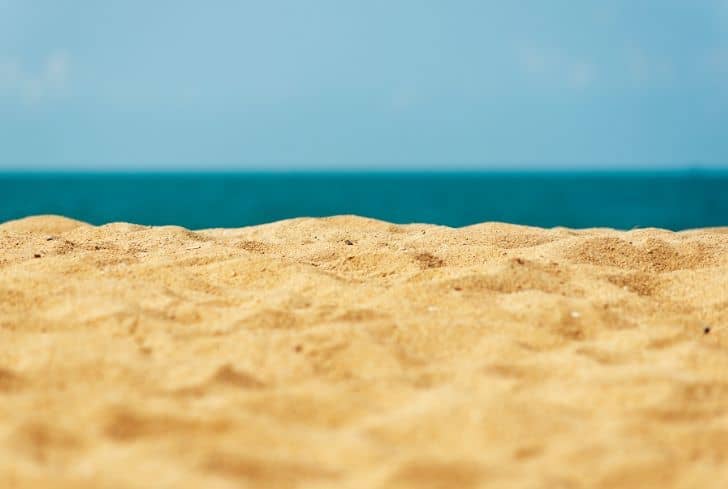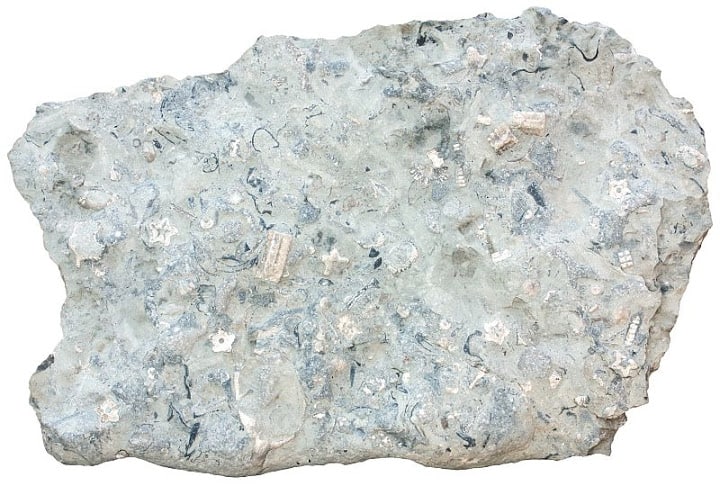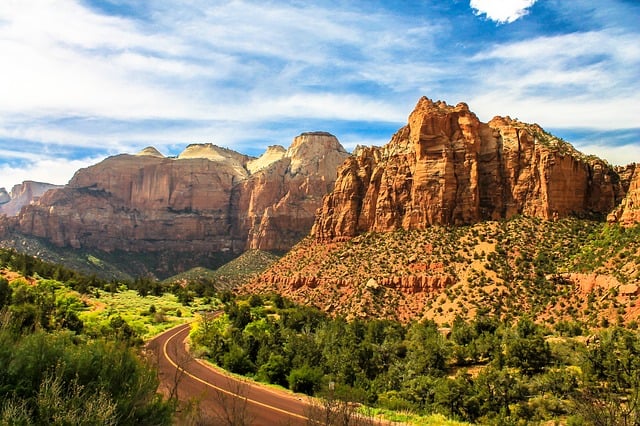How do Rainbows Form? (And Process of Formation)
Rainbows are among the most beautiful nature’s displays. Neither it is a “thing,” nor does it exist in a particular “place.” A rainbow is rather an optical illusion or phenomenon that is not controlled by human beings and appears when sunlight and atmospheric conditions are just right and also the viewer’s position to see it….

